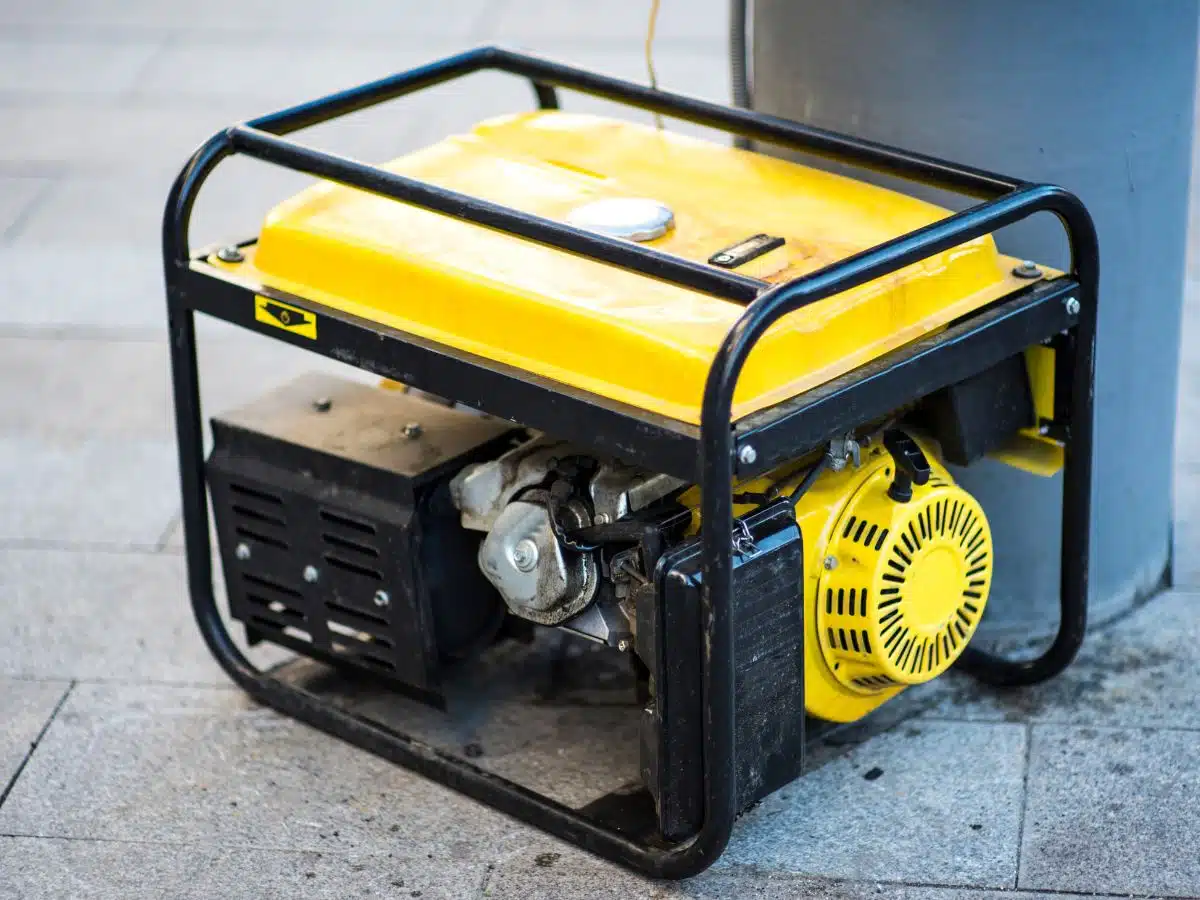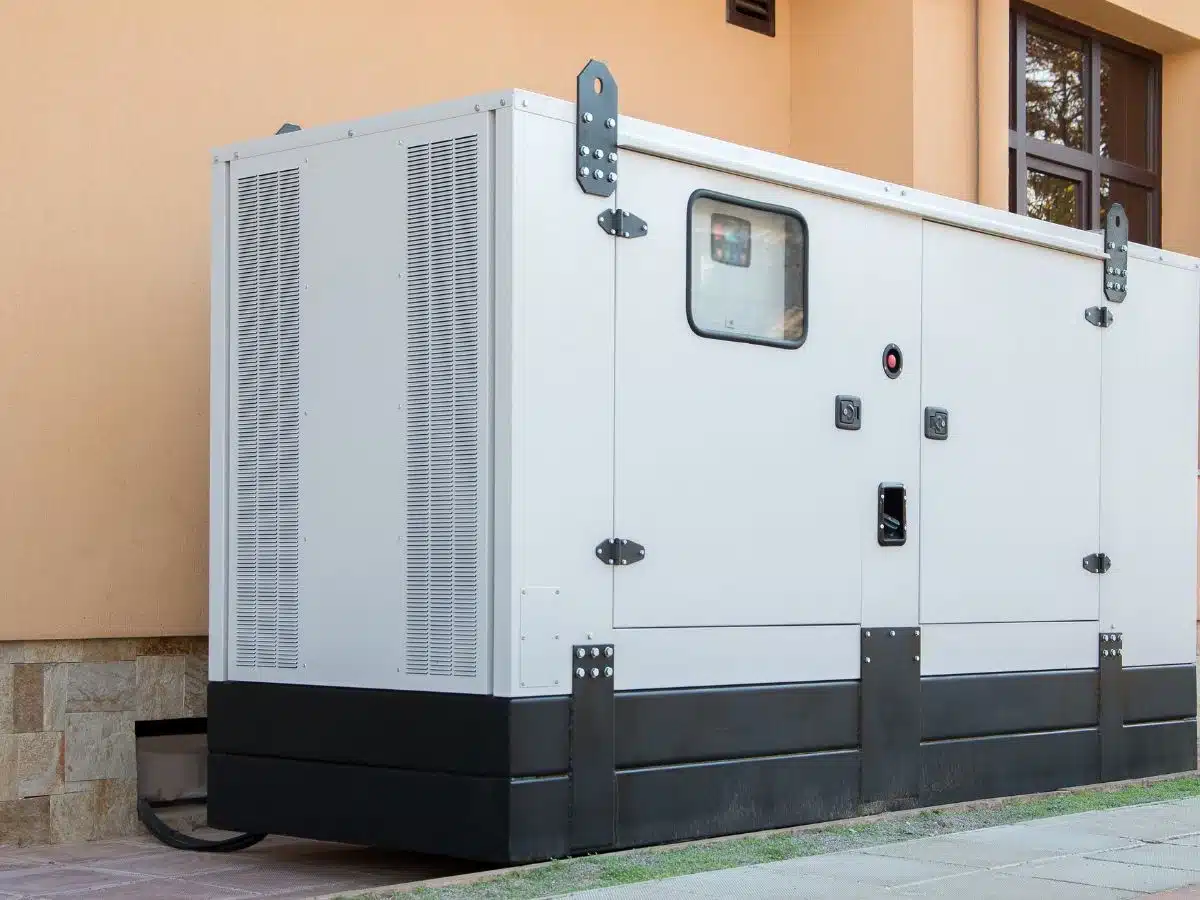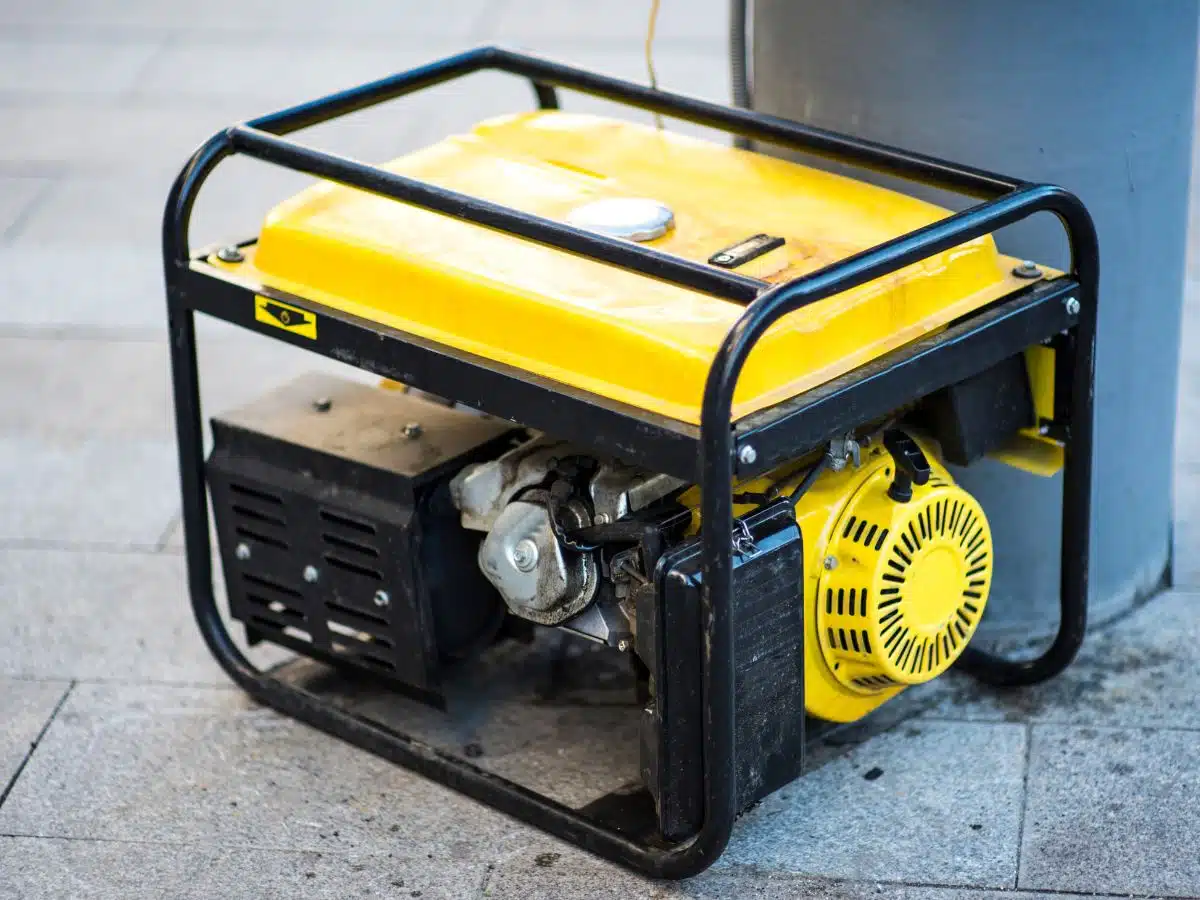Don’t Skip This Step: How to Break In Your Generator Correctly
If you’ve recently purchased a new generator for your home, congratulations—you’ve made a smart investment in power security and peace of mind. But before you fire it up and expect peak performance, there’s one crucial step many homeowners overlook: the generator breaks in process.
Skipping the break-in procedure can lead to premature wear, inefficient operation, and even voided warranties. Whether you’ve invested in a portable model or a residential generator, it’s essential to know how to break in a generator correctly to ensure long-term reliability and optimal performance.
In this blog, we’ll walk you through the importance of breaking in your generator, provide step-by-step instructions, and explain why following proper maintenance can save you from costly generator repair services in the future.
Why Break In a Generator?
Much like a new car engine, a generator’s engine requires a break-in period to smooth out the internal components, distribute oil evenly, and remove any small metal shavings left from manufacturing. This process:
- Increases engine longevity
- Enhances performance and fuel efficiency
- Ensures clean oil circulation
- Helps prevent overheating under future loads
Failing to break in your generator properly can result in reduced lifespan, oil contamination, and even internal damage. Think of it as giving your generator the best possible start to a long and dependable life.
When Should You Break In Your Generator?
You should break in a generator immediately after purchase and before using it under a heavy load. The process should be completed in a controlled environment, and it’s highly recommended that you follow your specific generator model’s owner’s manual. However, the general procedure remains fairly consistent across models.
How to Break In a Generator: Step-by-Step Guide
Let’s break down the typical process for how to break in a generator correctly. Set aside a few hours to complete this task carefully—it’s worth every minute.
Step 1: Read the Manual
Start by reading the manufacturer’s instructions. Some models may have specific oil types, run times, or load recommendations for the break-in period. Following these guidelines ensures you don’t accidentally void your warranty.
Step 2: Check Oil and Fuel Levels
Use the manufacturer-recommended oil. For break-in purposes, avoid synthetic oils unless specified. Fill the fuel tank with fresh, clean fuel. If your generator requires a fuel stabilizer, be sure to add it.
Step 3: Start the Generator Without Load
Start your generator and let it run without any connected appliances for about 1 hour. This allows the oil to circulate and begin coating all internal components. During this period:
- Keep an eye on the engine temperature
- Listen for any strange noises
- Monitor for oil leaks or irregular vibrations
This initial run helps loosen up factory-installed components and begins the cleaning process inside the engine.
Step 4: Change the Oil
After the first hour of running, drain the oil completely. You’ll likely notice fine metal shavings or a grayish tint—this is normal and exactly why this step is necessary. Replace it with fresh oil before moving to the next phase.
Step 5: Run with Light Load
Reconnect the generator and run it for another 1–2 hours with a light load—about 25% of the unit’s rated wattage. This could include a lamp, fan, or small appliance.
This step allows the generator to adapt to working under slight pressure, improving fuel efficiency and output control. Continue monitoring for any odd behavior and ensure consistent performance.
Step 6: Final Oil Change
After the light load run, change the oil again. This ensures that any remaining contaminants are flushed out. After this step, your generator is officially broken in and ready for regular use.
After Break-In: Regular Maintenance Is Key
Once you’ve successfully completed the generator break in process, you’ll want to establish a maintenance routine. This keeps your generator running smoothly and helps you avoid future breakdowns or unexpected issues during a power outage.
Your post-break-in maintenance checklist should include:
- Oil changes every 50–100 hours of use
- Air filter cleaning or replacement
- Fuel filter checks
- Spark plug inspection
- Regular full-load test runs
By staying proactive, you reduce the risk of requiring costly generator repair services when you need your generator the most.
Avoid Common Break-In Mistakes
Many homeowners unintentionally shorten their generator’s lifespan by making these common errors during the break-in process:
1: Skipping Oil Changes
Failing to change the oil after the first hour leaves metal shavings inside the engine.
2: Using Full Load Immediately
Running your generator at full capacity too soon can strain the engine and cause long-term damage.
3: Using Old or Improper Fuel
Stale gasoline can clog the carburetor and affect performance from the start.
4: Not Monitoring Performance
Ignoring unusual sounds or vibrations could mean you’re missing an early warning sign.
Avoid these pitfalls and you’ll be well on your way to long-term generator reliability.
Why Work with Professionals?
While breaking in a generator is something many homeowners can do themselves, it’s always smart to consult a professional—especially if you’ve invested in a larger residential generator system.
Certified technicians can:
- Handle the break-in process correctly
- Ensure no warranty violations occur
- Offer tips on performance optimization
- Set up a custom maintenance plan
- Identify any early-stage manufacturing defects
If you’d rather not take any chances with your new generator, reach out to a professional generator specialist like Florida Power Solutions, who offers expert care for all your generator needs.
Don’t Skip the Break-In Process
In the rush to get backup power ready, it’s tempting to skip the break-in phase—but that’s a costly mistake. Understanding how to break in a generator and committing to that process sets the foundation for years of reliable use.
Whether you’re protecting your family from hurricanes or powering up essential systems during outages, your generator deserves the best care from day one. A proper generator break in ensures that your investment performs exactly as intended—efficiently, reliably, and safely.




